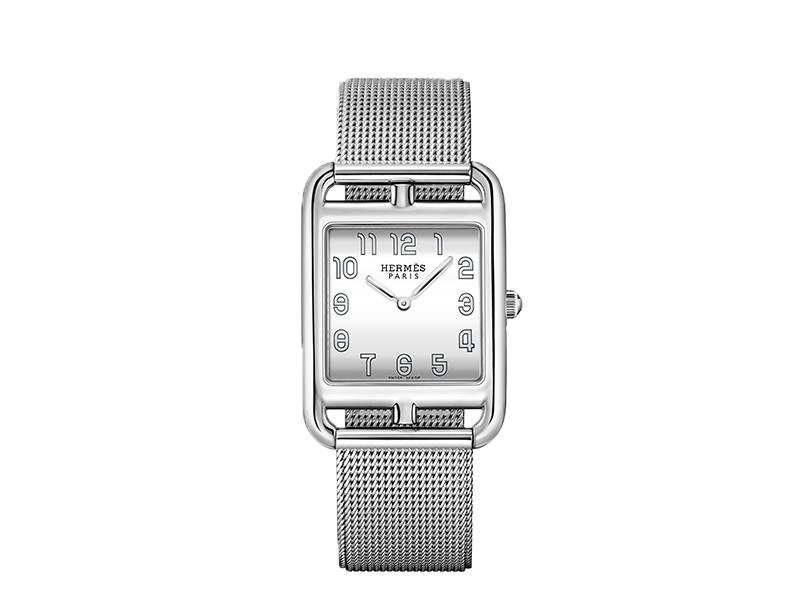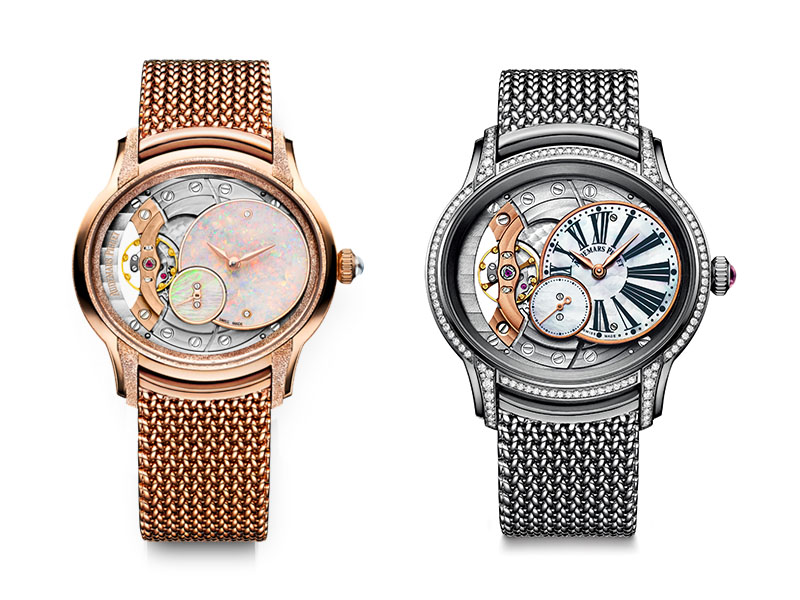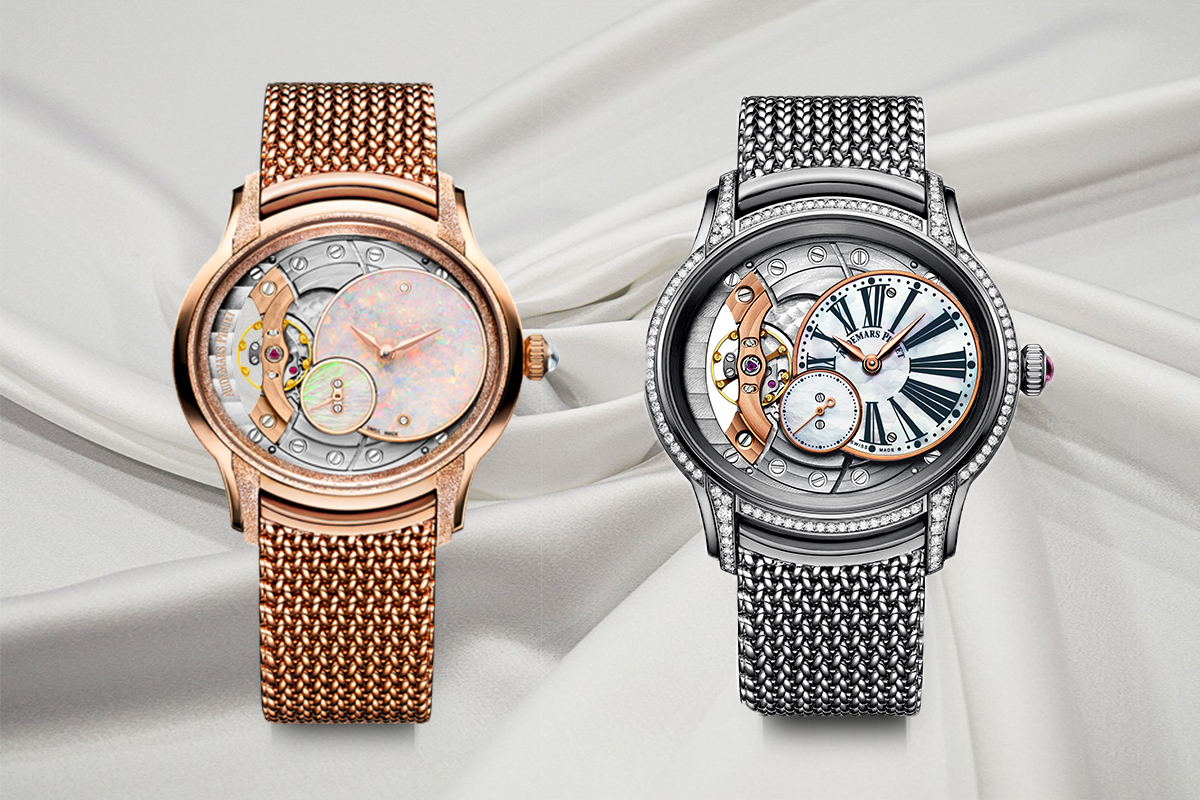This year Audemars Piguet launched additional Millenary watches versions Millenary collections unveiling the Polish woven gold bracelet when we see most often the use of Milanese mesh: why did Audemars Piguet made this contemporary move? What the difference between the two?
Milanese mesh originated from the same workshops in Milan that helped to create their worldwide reputation for supreme armour. Both Milanese and Polish mesh are made from long pieces of gold wire. This wire is woven and stitched together to create a chainmail look and structure. Milanese bracelets have the wire assembled in the same direction, while Polish is in alternating directions. The threading will go right and then left, in a regularly alternating pattern. Polish bracelets are much more texturized, creating a complex and distinctive look. Both are smooth and fine in finish, with no sharp edges.

This shift to Polish bracelets is a way to provide a nod to the past, yet stay contemporary in design. Milanese bracelets were popular in the 50s and 60s. At first glance, these bracelets look the same as Milanese bracelets, but the new process of alternating weaves provides a fresh, modern, yet still vintage, feel. This new intricate process requires that each bracelet be individually handmade!
Audemars Piguet first launched the Millenary collection in 1995. More than twenty years later, eager to stay contemporary, this new ‘second skin’ Polish bracelet is the perfect way to maintain the integrity of the brand while staying fresh and new. The Polish mesh golden bracelet are available in both white and pink gold.





